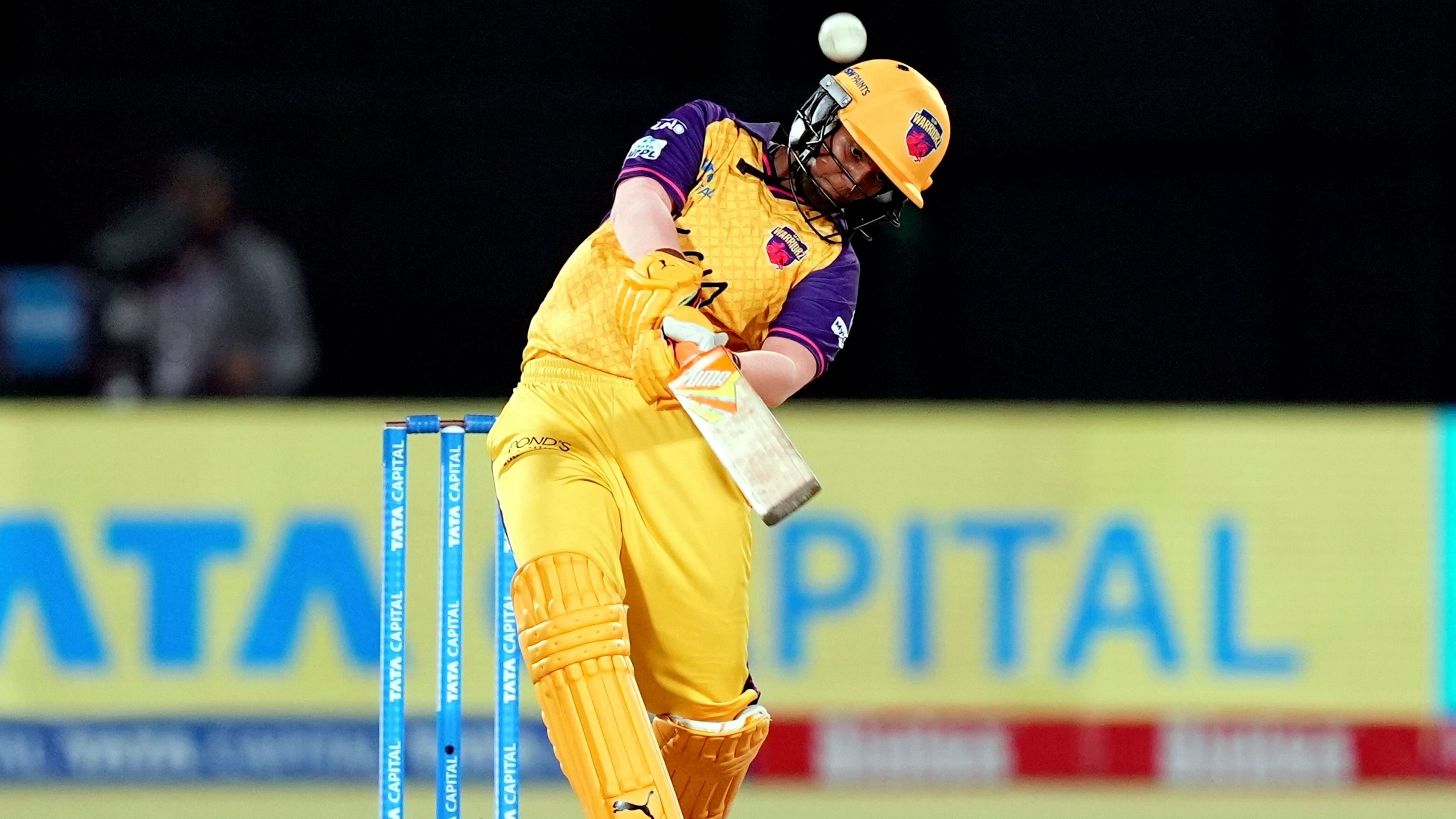
UP Warriorz's batter Deepti Sharma, the player of the series, epitomised Indian players' resurgence in this edition of WPL.
Credit: PTI photo
Bengaluru: The consensus after the first edition of the Women’s Premier League was that a fairly large chunk of the Indian contingent was skilled enough to compete against the best players in the world.
However, their inability to think for themselves come crunch time meant they were relegated to complementary roles in teams while those of foreign descent took on the lead roles in most cases.
Well, that changed this season.
Indian domestic players assumed frontline roles in the side by up-skilling since the previous edition. They were more proactive in their approach, and have gone so far as shedding the meekness which shrouded them.
“There have been quite a few domestic players who have had a big impact on games, with bat or ball. The contribution from the Indian players is something you can see that has improved. It will just get better and better as the competition goes along,” Delhi Capitals’ senior pro Marizanne Kapp had said when asked about the domestic evolution.
The likes of UP Warriorz’s Grace Harris and Delhi Capitals’ Meg Lanning seconded Kapp’s take during the tournament, but the real transformation reveals itself in the numbers.
Six of the top ten scores this season are Indians as opposed to only two from the same sample size the previous year.
A similar trend shows up among bowlers where five of them are in the top ten, including the leading wicket-taker in Royal Challengers Bangalore’s Shreyanka Patil (13 wickets), in comparison to the two during the 2022-23 season.
Also, while the total number of sixes has come down drastically from 159 last season to 66 this season, 55 of the maximums in this edition were struck by Indians. Indians had struck 97 in the previous edition, meaning their ball-striking abilities have improved too.
Perhaps the most important metric to assess the improvement from the domestic players has been the increase in Player of the Match awards coming their way.
Last season, six of them won the award, and Hayley Matthews bagged the Player of the Series honours with 271 runs and 16 wickets.
This season, 10 Indians won Player of the Match awards, and UP Warriorz’s Deepti Sharma bagged the series honours with 295 runs and 10 wickets.
There was also a significant spike in the number of half-centuries scored by domestic players this season (18) as opposed to last season’s eight.
Shreyanka, who was the star in RCB’s title triumph on Sunday, had admitted recently that her biggest takeaway from the opening edition was that she had to learn how to think for herself and trust the process.
It looks like the others seem to have inculcated this attitude too. Better yet, the older players from the domestic circuit have been able to adapt and get with the programme.
In a sense, this isn’t dissimilar to what the early editions of the Indian Premier League witnessed.